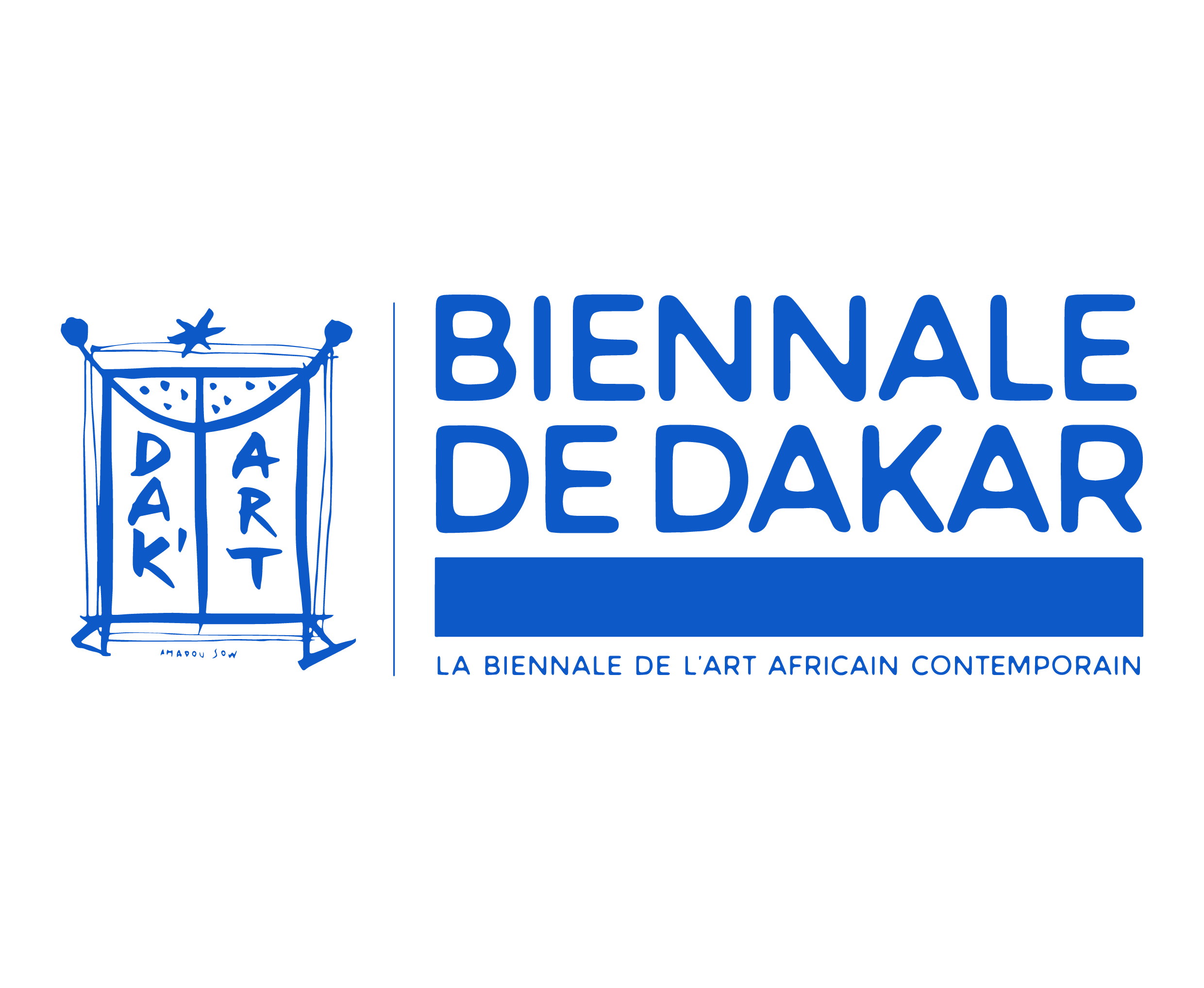Né en 1981 au Burkina Faso, Hyacinthe Ouattara est un artiste plasticien principalement autodidacte. Actuellement, il vit et travaille à Villejuif en France. Après plusieurs expériences auprès d’ateliers, partant d’une formation dessin modèle vivant, Hyacinthe Ouattara a d’abord représenté picturalement le corps humain de façon onirique, fantomatique et enfantine avant d’entrer dans ses entrailles et de concentrer son travail sur l’anatomie des tissus cellulaires à travers les « cartographies humaines ». La matière, la texture et les couleurs ont également une grande importance dans son travail pictural. Parfois le patchwork apparaît dans son travail. Ses dessins, quant à eux, sont spontanés, gestuels et questionnent l’humain. Ses installations sont souvent travaillées par la suspension (questionnement sur l’équilibre et le déséquilibre) ainsi que par une réflexion sur la mémoire et depuis qu’il se concentre sur le textile, par un aspect organique. Le textile lui permet également de questionner l’ambivalence entre apparition et disparition, la représentation et l’intimité, l’identité au sens large. Ses sculptures en textiles torsadés et noués reprennent cette obsession de l’organique et travaillent la notion de lien. Ses travaux ont été vus notamment à Paris, Berlin, Dakar, Ouagadougou, Accra, Luxembourg, Kalgoorlie…
Born in 1981 in Burkina Faso, Hyacinthe Ouattara is a mainly self-taught visual artist. He currently lives and works in Villejuif, France. After several experiences in workshops, starting from a training in live model drawing, Hyacinthe Ouattara first pictorially represented the human body in a dreamlike, ghostly and childlike way before entering its entrails and focusing his work on the anatomy of cellular tissues through « human cartographies ». Matter, texture and color are also very important in his pictorial work. Sometimes patchwork appears in his work. His drawings are spontaneous, gestural and question the human. His installations are often haunted by suspension (questioning on the balance and the imbalance) as well as by a reflection on the memory and since he concentrates on the textile, by an organic aspect. Textile also allows him to question the ambivalence between appearance and disappearance, representation and intimacy, identity in a broad sense. His sculptures in twisted and knotted textiles take up this obsession with the organic and work on the notion of link. His works have been seen in Paris, Berlin, Dakar, Ouagadougou, Accra, Luxembourg, Kalgoorlie…
